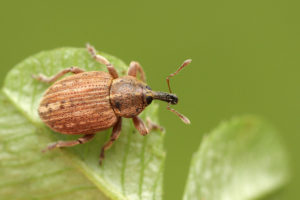Clover Insects
Armyworms
For information on the biology, damage, and management of armyworms, see pages 3 through 5.
Table 18 lists insecticide recommendations for controlling these pests on clover.

Figure 70. Clover head weevil adult by Mark Gurney (CC BY-NC-SA 2.0)
Clover head weevil and alfalfa weevil
In Texas, the clover head weevil, Hypera meles, is primarily a pest of crimson, alsike, and red clover. Full-grown clover head weevil larvae are about ½ inch long and legless, and they have a black head and four light green to dark brown lines running down the back.
The larvae feed on the flowers and developing seeds of most clover species and alfalfa plants. Seed production and natural reseeding are reduced.
Adult weevils (Fig. 70) are about 3/16 inch long and uniformly brown to almost black. The adults lay eggs on clover plants in late March or early April. The eggs are deposited in the leaf stems.
Egg-laying damage to stems can result in lodging of the flowers. Larval populations normally peak during April. The next adult generation leaves the field and remains inactive in leaf litter until the next spring. There is one generation per year.
Management
If you want the clover to reseed naturally, you must control the adult weevils before they deposit eggs. Begin sampling for weevils when the plants start to bloom.
Consider treating with a labeled insecticide (Table 18) if adult weevils are present on 10 to 20 percent of the flower heads and 25 to 50 percent of the plants are in bloom. A second insecticide treatment may be needed if clover head weevil adults are present 7 to 10 days after the first application.
Avoid applying an insecticide when pollinating insects are in the field. Check the insecticide label for restrictions protecting pollinators. See the discussion on alfalfa weevil if this pest is attacking clover.
Grasshoppers
For information on the biology, damage, and management of grasshoppers, see page 5. Table 18 lists insecticide recommendations for controlling these pests on clover.
